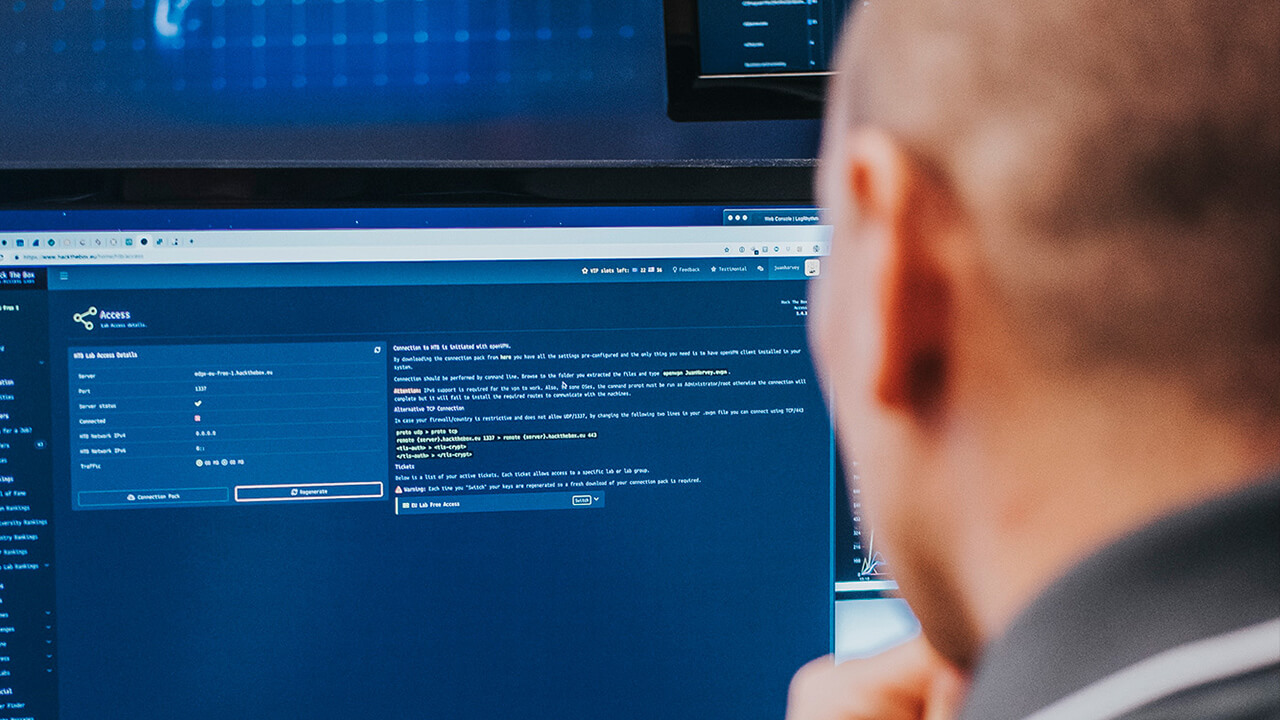What is a SOC?

 By
Jason Miller
·
4 minute read
By
Jason Miller
·
4 minute read
A security operations center, (or SOC) can play a vital role in the cyber security strategy of any organization. Specifically, a SOC can help make sure that security incidents are detected before any lasting damage is done. Here, we’re going to explore what an SOC is, and how it factors into your organization.
What is a SOC?
A SOC is a cybersecurity team primarily tasked with monitoring and assessing an organization’s security. Their primarily objective is discovering, analyzing, and providing advice on how to respond to cybersecurity incidents.
Security Operation Centers are most commonly comprised of security analysts, engineers, and security operations managers. They usually work hand-in-hand with incident response teams, highlighting discovered issues and offering appropriate responses to incidents.
The SOC monitors risks to servers, databases, networks, endpoints, websites, applications, and systems of any kind in which there are potential cybersecurity threats. As such, they’re responsible for first discovering, identifying, assessing, and reporting incidents and anomalies. They may also play a role in testing the organization’s digital infrastructure, with the intention of discovering vulnerabilities that they can help to patch up.
Compared to a run-of-the-mill IT team, SOCs are experts in cybersecurity. As such, they often use probes, firewalls, and SIEM tools to analyze active feeds, establish new rules, and enhance your team’s ability to respond to security incidents appropriately.
SOCs are commonly built in-house, but some organizations may also choose to outsource these responsibilities to proven security cybersecurity experts.

Setting up a SOC
As an organization’s digital infrastructure expands, it’s only reasonable to expect that potential for vulnerability will grow as well.
Establishing a dedicated security operations center can help you take a proactive approach to these risks, to ensure that you’re always ready to respond to potential risks and incidents. Setting up an SOC has the potential to be a significant drain on your resources, so here are a few tips on how to establish one effectively:
- Define their roles and responsibilities: As mentioned in the definition, SOCs are primarily concerned with monitoring an organization’s systems, networks, and endpoints from a security perspective. They are there to identify potential risks and to respond to them as efficiently and effectively as possible and are not meant to play a help desk role like other IT teams. As such, defining their roles and responsibilities strictly within the security context can avoid giving them unmanageable workloads. If they’re handling help desk duties as well, they’re less able to perform their threat hunting duties, leaving you vulnerable.
- Start with a security operations manager: Every member of the SOC team plays a vital role within it, but the security operations manager is essential for making sure the team is able to manage the workload of investigating incidents, communicating with departments, and helping to ensure that the duties of the team fits to their defined roles. Project management skills, excellent communication, and understanding of incident response processes are essential.
- Ensure you have the right tools: Hiring a security operations manager should help you better identify the infrastructure you need to allow your SOC to do their job, but it’s also important to make sure you have the budget and plan to acquire up-to-date security technologies. These include endpoint protection systems, firewalls, security probes, data collection tools, and security information and event management (SIEM) software.
- Identifying the members of the team that you need: A SOC team should have a varied roster of members, each equipped to best handle their unique function. All members of the team should have advanced training. Team members to look for: alert analysts who are able to monitor and prioritize issue queues, incident responders who are able to deeply investigate the highest priority threats, and security engineers for maintaining, updating, and recommending the tools used by the team and systems.
- Create an incident response strategy: With the help of a SOC, you should be able to much more readily identify more incidents than ever, but this means that your team should be able to respond flexibly to them at any time. Creating an incident response strategy provides you with a repeatable set of steps, assigning responsibilities during a crisis to make sure you’re ready to react whenever the SOC team needs it.
The benefits of a SOC
A SOC offers a centralized, comprehensive threat detection and analysis team for all of your organization’s systems. As cybersecurity becomes even more crucial and we expand further digitally, here are a few key benefits of keeping a SOC on your team:
- Centralizing your security: Rather than having separate security teams for different endpoints, networks, and so on, SOCs provide a real-time view of all assets, with tools to help visualize and report new issues from all sources, allowing them to effectively prioritize which fires to put out first.
- Experts in collaboration: The SOC works effectively with other departments, helping them manage the cybersecurity incidents that affect their work most profoundly. As such, they build an excellent understanding of your digital infrastructure and which parts are most key to the productivity of the organization.
- Helps maintain trust and authority: In terms of efforts to keep consumer and employee data safe, SOCs work better than any sole system or piece of software. The strictness and comprehensive of a SOC can help you maintain the trust of those who rely on your ability to keep their data safe.
- Complete understanding of your risks: Without a SOC, it can be hard to know which digital security risks your organization is actually facing. By helping you understand the scale and scope of different threats, a SOC can also help you identify which security investments need to be made and which don’t, helping you keep operations cost-effective.
A SOC plays a vital role in any organizations planning to expand their digital operations and infrastructure significantly.
If you’re interested in the benefits of a Security Operations Center for your technology environment but aren’t sure you’re ready to make an investment in hiring and training a team for that purpose, we’d love to have a conversation.
At BitLyft, we offer SOC as a Service in order to affordably give you the protection that you need, at a fraction of the cost of an in-house team. We take the time to partner with you, learn your business’ unique security fingerprint, and give you the peace of mind to do business in a digital age. Set up a short call and we’ll help you strategize the best SOC options for your organization.
